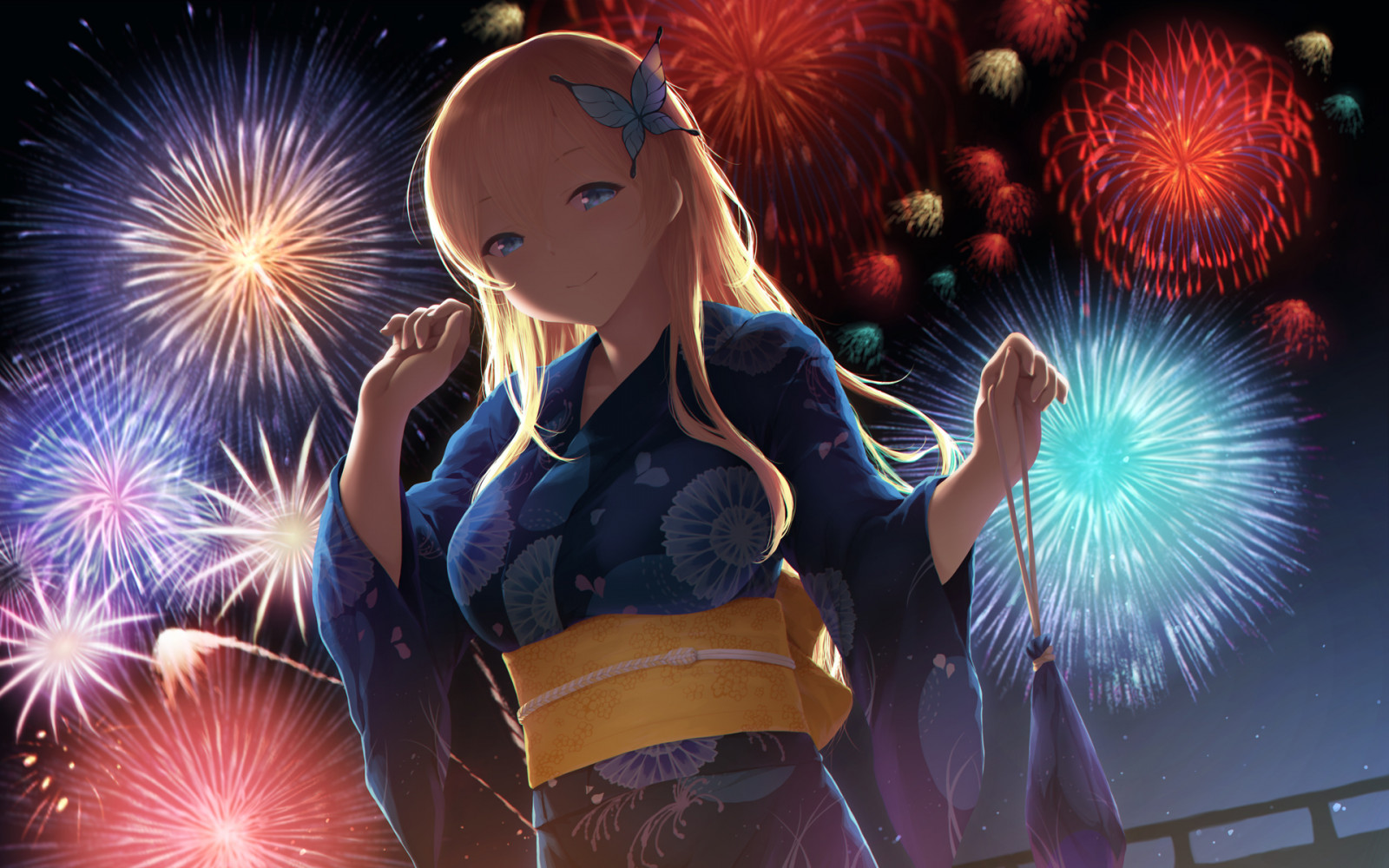Breaking News


Popular News


The world of PlayStation games has been greatly influenced by the captivating style of anime. From character design and animation techniques to storytelling and art direction, the impact of anime is undeniable. This blog post will delve into the historical evolution of anime influence in PlayStation games, exploring how it has shaped the visual aesthetics, narrative inspiration, and community engagement. As the gaming industry continues to evolve, the fusion of anime tropes and themes with interactive storytelling is paving the way for innovative game design. Let’s embark on an exciting journey to uncover the profound impact of anime in shaping the PlayStation gaming experience.
Contents
From its early days to the present, anime has greatly influenced PlayStation games, shaping the way characters are designed, stories are told, and visual aesthetics are presented. Here are key points highlighting the evolution of anime influence in PlayStation games:
Early Adopters: In the 1990s, games like "Final Fantasy VII" and "Sakura Wars" pioneered the integration of anime-style character design and storytelling in PlayStation games, captivating a wide audience with their immersive narratives and visually striking artwork.
Technological Advancements: With the advancement of gaming technology, developers gained the ability to infuse anime-inspired animation techniques into games, leading to visually stunning titles such as "Persona 5" and "Tales of Berseria", where anime influences are seamlessly woven into the gameplay experience.
Cultural Exchange: The embrace of anime art styles in PlayStation games facilitated a cultural exchange between gaming and anime communities, fostering a shared appreciation for rich storytelling, diverse character archetypes, and imaginative world-building.
Global Appeal: Anime-inspired PlayStation games gained immense popularity worldwide, bridging cultural gaps and appealing to a global audience through the universal motifs and visually captivating aesthetics synonymous with anime.
The rich history of anime influence in PlayStation games has not only reshaped the gaming landscape but also contributed to the diversification of storytelling and artistic expression within the gaming industry, solidifying anime as a prominent and enduring force in game design.

When it comes to anime-style games on PlayStation, the character design and animation techniques play a pivotal role in captivating the audience. Here’s a closer look at the influence of anime in shaping character design and animation in PlayStation games:
Expressive Characters: Anime-inspired games often feature characters with exaggerated expressions, vibrant hair colors, and distinct facial features. These elements not only make the characters visually appealing but also help in conveying emotions effectively to the players.
Fluid Animation: One of the hallmarks of anime-style games is their fluid and dynamic animation. Whether it’s during combat sequences or cutscenes, the animation techniques derived from anime contribute to creating visually stunning and immersive gameplay experiences.
Unique Art Style: Anime influence often brings a unique art style to PlayStation games, setting them apart from traditional western game designs. This distinct art style attracts players who appreciate the visually captivating and aesthetically pleasing nature of anime-inspired characters and worlds.
Incorporation of Japanese Art Forms: Many anime-style games integrate traditional Japanese art forms such as calligraphy, ukiyo-e, and symbolism from Japanese folklore into their character design and animation. This fusion adds an extra layer of depth and cultural richness to the gaming experience.
The influence of anime on character design and animation techniques has undeniably contributed to the diversity and visual appeal of PlayStation games, attracting a broad audience of players who appreciate the artistry and storytelling unique to anime.
When it comes to storytelling and narrative inspiration, Anime has significantly influenced PlayStation game design, shaping the way developers create immersive and captivating storylines. Here’s how Anime has made its mark on narrative elements in gaming:
Complex and Layered Storylines:
Character Development:
Emotional Impact:
Nonlinear Storytelling:
By infusing games with Anime-inspired storytelling techniques, PlayStation developers have been able to create deeply engaging experiences that resonate with players on a profound level, setting the stage for a new era of narrative-driven gaming.
When it comes to PlayStation games, the influence of anime on art direction and visual aesthetics is undeniable. The infusion of anime style brings a unique artistic flair, captivating players with its visually stunning elements.
Bold Aesthetics
Anime-inspired PlayStation games often boast bold, vibrant aesthetics that catch the eye and immerse players in a visually compelling gaming experience. The use of vivid colors and striking character designs creates an immediate impact, distinguishing anime-influenced games from their counterparts.
Expressive Character Design
In anime-style PlayStation games, character design is marked by expressiveness and attention to detail. The characters are often visually distinct, with exaggerated features and emotive expressions, contributing to a more immersive and emotionally engaging gameplay experience for the players.
Enchanting Environments
The art direction in anime-influenced PlayStation games extends beyond character design to enchanting environments. From fantastical landscapes to futuristic cityscapes, these games showcase a diverse range of visually captivating settings that draw players further into the game world.
In comparison with non-anime style games, anime-influenced PlayStation games tend to prioritize visually compelling art styles and aesthetics, creating a unique appeal for both anime enthusiasts and gamers looking for visually immersive experiences.
By incorporating anime aesthetics, PlayStation games have successfully created visually stunning worlds that resonate with players, further solidifying the lasting influence of anime on game art direction and visual aesthetics.
When it comes to incorporating anime tropes and themes into PlayStation games, developers have successfully brought the captivating essence of anime into the gaming world. This fusion has resulted in immersive storytelling and engaging gameplay experiences that resonate with both anime enthusiasts and gamers alike. Here’s how anime tropes and themes are seamlessly integrated into PlayStation game design:
Character Archetypes: Anime-inspired games often feature characters with distinct personalities and traits commonly found in anime, such as the determined hero, mysterious anti-hero, or the comical sidekick. These archetypes add depth to the game’s narrative and resonate with fans of anime storytelling.
Visual Style: The influence of anime can be seen in the visual style of PlayStation games, with vibrant and expressive character designs, visually stunning environments, and dynamic action sequences reminiscent of anime aesthetics. This visual allure brings a unique and captivating dimension to the gaming experience.
Emotional Depth: Anime is known for its ability to evoke a wide range of emotions, and this emotional depth is seamlessly integrated into PlayStation games. Whether it’s the triumph of friendship, the weight of sacrifice, or the journey of self-discovery, anime-inspired games excel in delivering emotionally impactful narratives.
By incorporating these anime tropes and themes, PlayStation game developers create a bridge between the captivating world of anime and the immersive realm of gaming, captivating players with rich storytelling and visually compelling experiences. This fusion not only appeals to existing anime fans but also attracts a new audience to the captivating allure of anime-inspired game design.

When it comes to anime-style PlayStation games, fan engagement and community building play a significant role in shaping the overall gaming experience. The influence of Anime goes beyond the game itself and extends to the dedicated fan base and communities it fosters.
Cultural Connection: Anime-inspired games often resonate with a diverse global audience, creating a sense of cultural connection among fans who share a love for the art style and storytelling unique to Anime.
Cosplay and Fan Art: The distinct and visually striking characters in anime-style games inspire fan creativity, leading to a vibrant culture of cosplay and fan art that further strengthens the bond within the community.
Interactive Events: Game developers leverage the Anime aesthetic to organize interactive events, such as virtual conventions and character-themed activities, providing fans with opportunities to engage directly with the game and fellow enthusiasts.
Social Media Influence: The captivating visual elements and compelling narratives inherent in anime-style games drive active discussions and sharing across various social media platforms, fostering a strong sense of community among fans.
| Traditional Games | Anime-Style Games |
|---|---|
| Limited cosplay appeal | High cosplay appeal |
| General fan art interest | Strong fan art culture |
| Conventional gaming events | Interactive anime-themed events |
| Standard social media presence | Active engagement on diverse social media platforms |
The integration of Anime style in PlayStation games not only enhances the gaming experience but also serves as a catalyst for building a passionate and engaged community of fans. This engagement, fueled by the allure of Anime aesthetics, creates a dynamic environment that extends far beyond the confines of the game itself.
As the popularity of anime continues to grow, its influence on PlayStation game design is expected to evolve significantly. Here are some future trends and innovations in anime-style game design:
Advanced Animation Techniques: Game developers are likely to incorporate more advanced animation techniques, leveraging anime’s fluid and dynamic motion to create truly immersive gaming experiences. This trend could open up new possibilities for realistic character movements and breathtaking action sequences in PlayStation games.
Cross-Platform Integration: With the rise of global anime fandom, game developers may explore opportunities to integrate anime-style games across multiple platforms, allowing players to experience their favorite anime-inspired worlds on various devices, including PlayStation consoles, PCs, and mobile devices.
AI-Driven Procedural Generation: Future anime-style games on PlayStation may utilize AI-driven procedural generation to create diverse and expansive anime worlds with rich storytelling potential. This innovation could lead to procedurally generated quests, characters, and environments, offering players endless possibilities for exploration and adventure.
By staying abreast of these anticipated trends and innovations, game developers can continue to captivate and engage players within the dynamic and ever-evolving world of anime-style game design.
Anime style has a significant influence on PlayStation game design, as it contributes to the visual aesthetics, character design, and storytelling in many games. The use of vibrant colors, expressive character expressions, and exaggerated movements draws inspiration from anime and enhances the overall gaming experience.
Several PlayStation games are known for their anime style design, including titles such as Persona 5, Dragon Ball FighterZ, and Ni no Kuni. These games showcase the influence of anime in their character artwork, narrative style, and gameplay mechanics, appealing to fans of anime culture and style.
Anime influences the storytelling in PlayStation games by incorporating elements of Japanese storytelling, character archetypes, and emotive narratives. The use of dramatic plotlines, character development, and visually striking cutscenes is inspired by anime, creating immersive and compelling narratives for players to experience.
The anime style enhances the visual aesthetics of PlayStation games by infusing them with vibrant and colorful art styles, unique character designs, and dynamic animations. The use of anime-inspired visuals adds a distinct charm and appeal to the games, creating visually captivating landscapes, characters, and battle scenes.